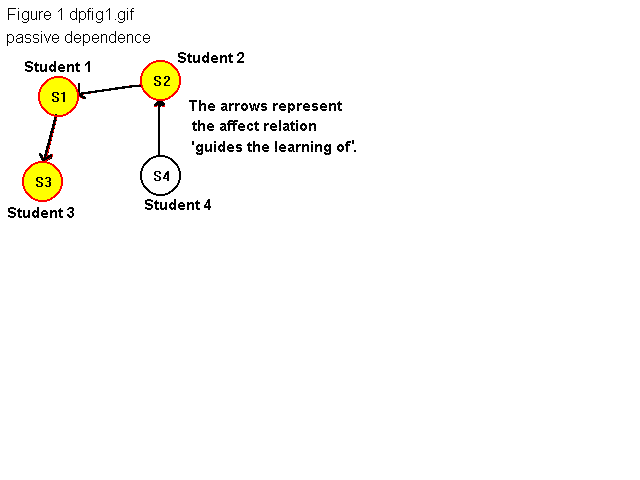 Educational Systems Theory
Educational Systems Theory Educational Systems Theory
Educational Systems Theory

Another example of passive dependence can be seen in most households with regards to the family pet. Where food is concerned, the job of the pet is simply to receive it. With respect to the affect relation "gives food to", the pet has the property of passive dependence.
#66. If educational system centrality increases, then passive dependence increases.
#71. The limit of the ratio of educational system active dependence to passive dependence as unilateralness increases is equal to one.
#177. If educational system weakness is maximum and size increases, then passive dependence increases or active dependence increases.
 Go to SIGGS Home Page.
Go to SIGGS Home Page.